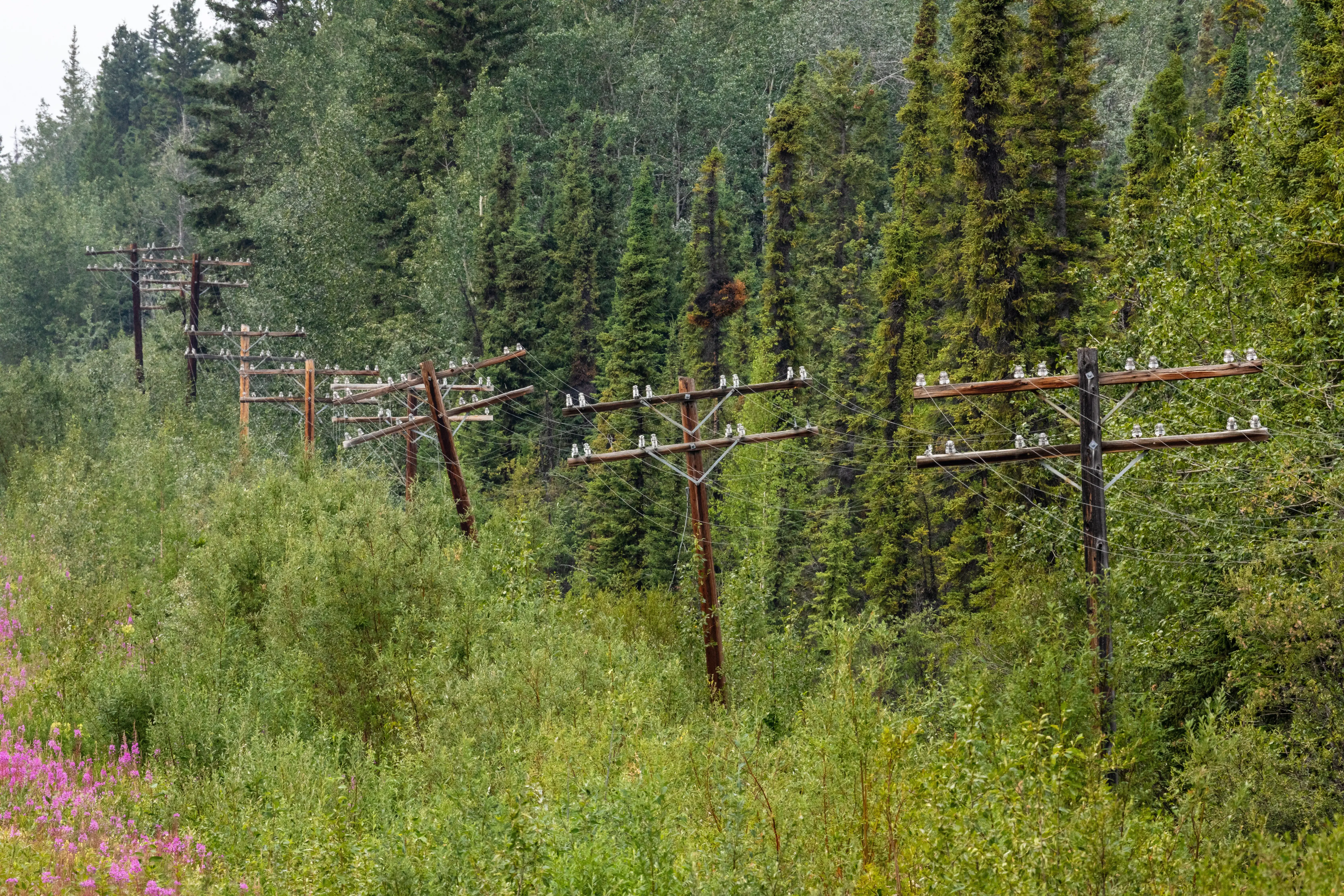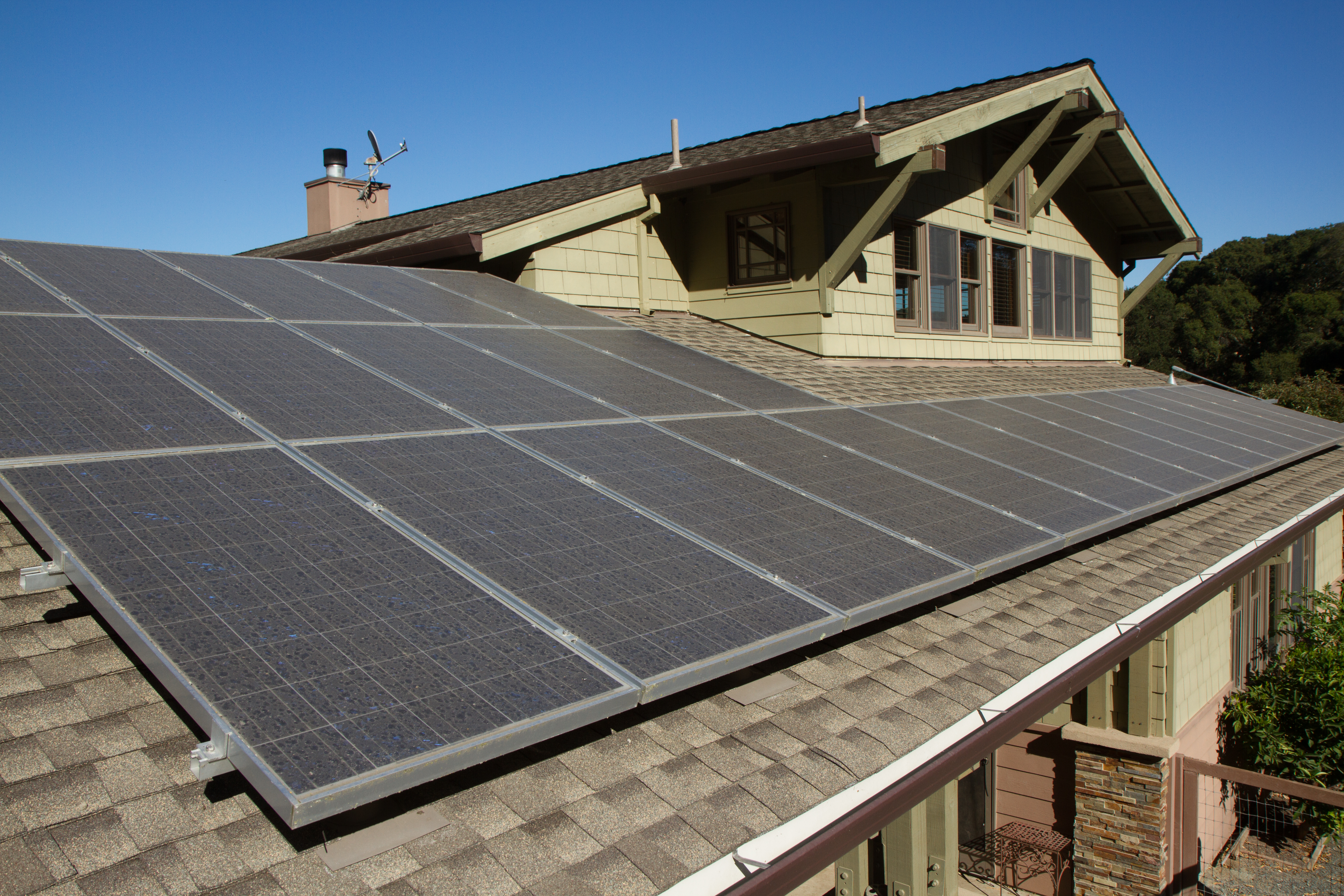Here are answers to frequently asked questions about utility shut-offs in northern California.
Less than two weeks after Pacific Gas and Electric Co. Preemptively cut off power to an estimated 2 million people across the state, the utility announced it had opened its emergency command center in San Francisco to monitor dangerous fire weather. Winds could be especially strong Wednesday and Thursday, and PG&E is considering shut-offs in 17 counties – including Napa, Sonoma, Solano and Marin –in an effort to reduce the risk of catastrophic wildfires.
However, company officials said the potential shut-offs are "expected to be significantly smaller in terms of scope and impact" than those earlier this month.
Here's what you need to know about PG&E power shut-offs:
How long do power shut-offs last?
Power is restored in stages, location by location. During the previous shut-offs, PG&E said workers might need up to five days to restore power, but most homes and businesses were back up in running in two days. The company must inspect all lines for damage before restoring power.
Why did PG&E start doing preemptive power shut-offs?
PG&E instituted the precautionary outages to prevent its equipment from starting wildfires in October 2018, a year after some of its power lines were blamed for the devastating Wine Country wildfires. CEO Bill Johnson told state regulators Friday that his company is working to make forced power outages unnecessary – but the goal could take a decade to accomplish.
How does PG&E decide whether to issue a shut-off?
Before doing a shut-off, PG&E considers whether red-flag fire danger warnings have been issued. Humidity levels must generally be below 20% and high winds need to be above 25 mph with gusts in excess of 45 mph. Officials also consider the amount of dry vegetation, and use observations from PG&E field crews and meteorologists.
How should I prepare for a power outage?
Public safety and PG&E officials advise residents to prepare for life without electricity by:
- Keeping phones and other electronics charged while also having backup charging methods available.
- Building or replenishing emergency kits that include flashlights, spare batteries, a first-aid kit, emergency food and water, and cash.
- Learning how to manually open your garage door.
- Unplugging electrical appliances to avoid overloading circuits and preventing fire hazards when power is restored.
- Storing drinking water – 2 gallons per day per person and more for pets, as water delivery services could be affected by a shutdown.
Can solar panels spare me from a power shut-off?
Customers with solar systems are still connected to the PG&E power grid, so if PG&E cuts off the power for safety, their power gets shut off automatically. People who have a home battery paired with their solar system might have power saved up and be spared from the outage.
Should I buy a generator?
Generators can be a helpful but expensive solution to a temporary problem. They can run anywhere from a couple hundred dollars to as much as $14,000. Don't try to install your own generator if you aren't an expert. The do-it-yourself dangers outweigh the savings benefit.
Why doesn't PG&E have underground power lines?
Putting power lines underground is very expensive – $3 million per mile, according to a 2017 estimate from PG&E, versus up to $800,000 for overhead lines. That's just for smaller, lower-voltage distribution lines; long-distance transmission lines would be even costlier. Underground lines would also be harder to fix in an earthquake. But PG&E has put some lines underground; in May, the utility said it would put lines underground in Paradise, the Butte County city destroyed by the 2018 Camp Fire.
It's not windy in my area. Why is my power still cut?
A long-distance power line that delivers electricity to you may pass through a location where it's very windy, or forecast to become windy, according to PG&E, which is turning off some of these high-voltage lines, known as transmission lines.
Will my cell phone still work?
Cell phone carriers said service should still work during shut-offs. Most cell phone towers have backup generators.
What should I do with food in my refrigerator?
Meat, poultry, fish and eggs should always be stored in temperatures 40 degrees Fahrenheit or colder, and frozen goods should be 0 degrees or colder. Officials advise people to keep refrigerator and freezer doors closed as much as possible during outages. Refrigerators can safely store food – and keep items cold – for about four hours. Freezers can keep their temperature for about two days if unopened. Dry ice or blocks of regular ice can help store food.
How can I get updates if I'm not a PG&E account holder?
PG&E has an alert system that notifies non-account holders of power outages in a specific area. Company officials said they will try to alert people 48 hours, 24 hours and just before power outages.
This article is written by Michael Cabanatuan from San Francisco Chronicle and was legally licensed via the Tribune Content Agency through the NewsCred publisher network. Please direct all licensing questions to legal@newscred.com.






